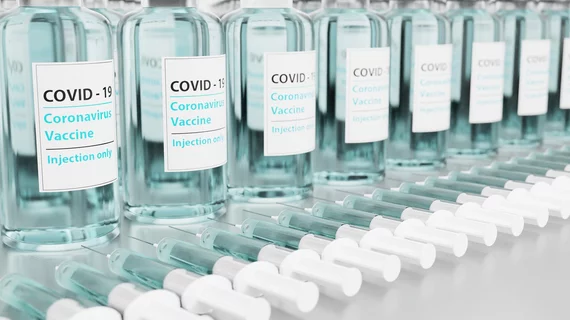Biden’s winter preparedness plan includes more free COVID-19 tests
The Biden administration plans to make more free, at-home COVID-19 tests available to Americans as part of its newly announced winter preparedness plan.
The plan aims to “stay ahead” of a wave of COVID-19 infections during the winter season. According to the White House, the virus is not as disruptive as it was in the past few years, but cases are rising once again. As families gather and spend more time indoors during the holidays, the virus is more likely to spread faster.
One of the key pillars of the preparedness plan is making COVID-19 testing accessible. The White House announced more free, at-home rapid tests will be available through COVIDTests.gov. The website is open for a limited round of ordering for households for the winter season. Households can order four tests delivered to them for free. The tests are available despite the absence of Congress providing additional COVID-19 funding. Orders for this latest round of tests will ship around Dec. 19.
In addition to offering households free tests, the administration is distributing free tests to more than 6,500 Department of Housing and Urban Development-assisted rental housing properties serving seniors, as well as “expanding a program to distribute free at-home tests to as many as 500 major food banks for them to distribute to people in their communities,” the White House said.
Vaccination is still playing a key role in the administration’s strategy to combat COVID-19. The administration will continue to work with states, medical providers, businesses, and other groups to expand awareness about updated COVID-19 vaccines, as well as effective treatments and resources to increase vaccination sites.
Department of Health and Human Services Secretary Xavier Becerra sent out a letter to all state governors outlining actions he’d like to see taken to prepare for an increase in COVID-19 cases this winter and remind them of federal supports already in place.
The administration also noted it is making available medical personnel and federal teams to “alleviate strains on hospitals and healthcare systems” through HHS’ Administration for Strategic Preparedness and Response (ASPR), the U.S. Public Health Services Corps and the Department of Defense.
To tackle the threat to the most vulnerable people who could be impacted by COVID-19, the White House plans to release a playbook for nursing homes and long-term care facilities “that summarizes the actions these facilities should take to reduce serious illness, prevent hospitalizations and deaths, and minimize disruptions in their communities.” Nursing homes have been some of the hardest hit communities throughout the pandemic, and residents are often at great risk of serious illness and death from a COVID-19 infection.
The administration also aims to increase high-quality masks in communities and vaccination expansions.
See the preparedness plan fact sheet here.

